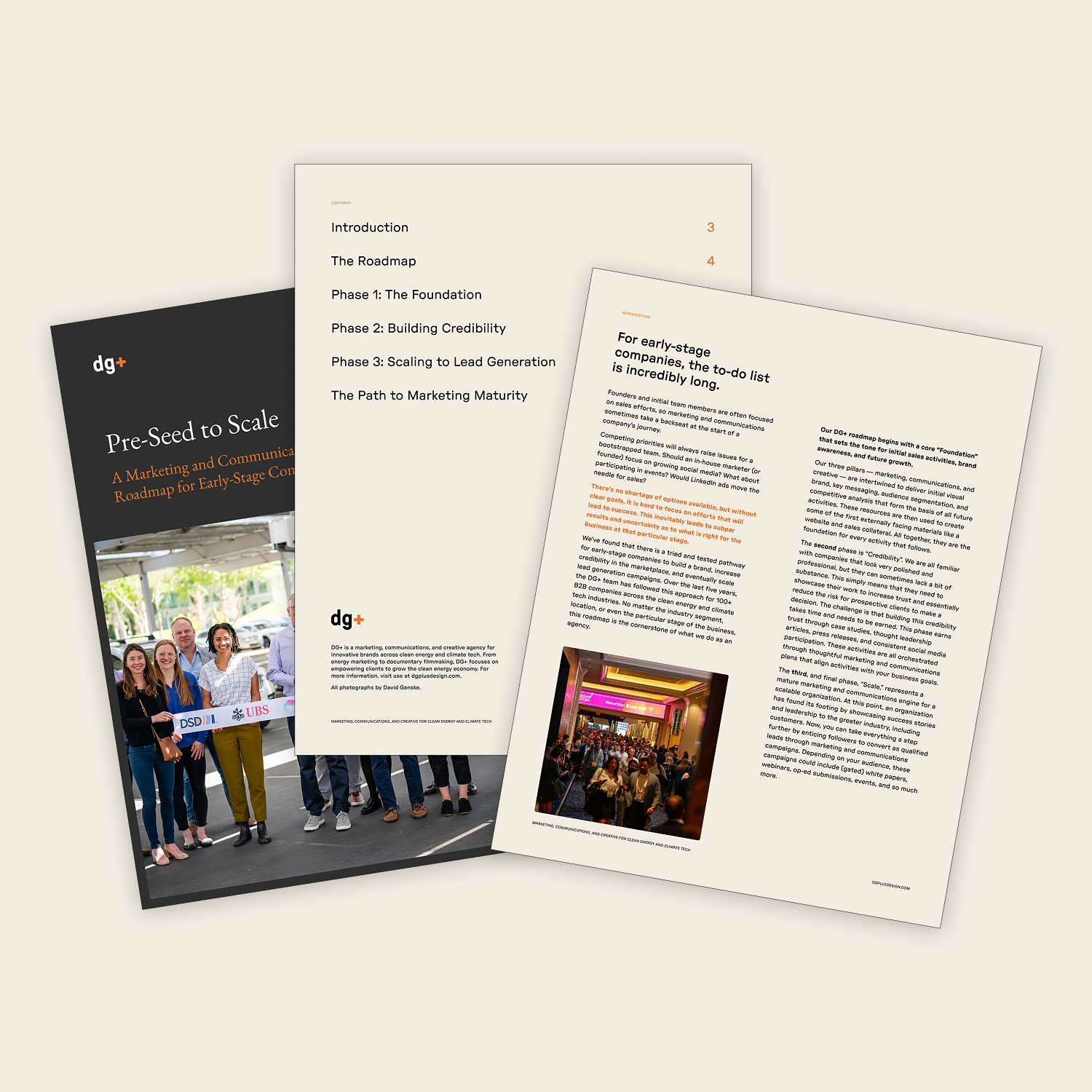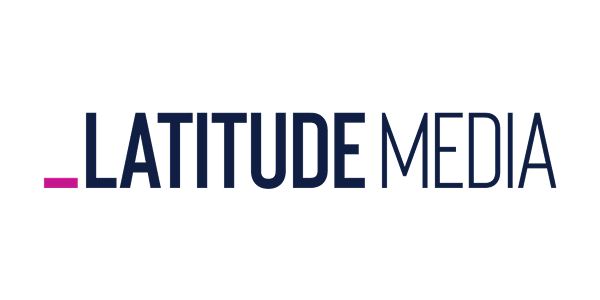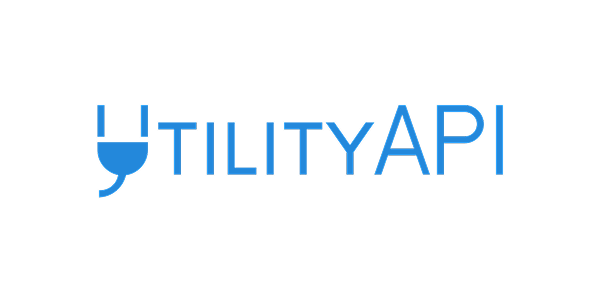It’s no secret that the solar industry has grown at a furious pace over the last decade. Jobs are up 159% from 2010 to 2018 and installed capacity stood at a whopping 2.6 gigawatts for the third quarter of 2019.
Despite this growth, some firms are struggling in a competitive environment to maintain revenue certainty. This is especially the case for commercial and industrial (C&I) solar companies as installed capacity has actually decreased 6 percent during the last year of available data.
Solar companies can and should do better by learning from other industries and embracing proven marketing strategies to fix what they’ve been doing wrong or poorly for years. Plus, other clean energy segments like electric vehicle infrastructure and energy storage can learn from the missed opportunities of the solar industry.
MISTAKE #1
Lack of Sales Promotions
Don't give away the whole (solar) farm, but at least do something to get a customer to move more quickly to a buying decision.
The Status Quo
It’s incredible how little promotion there is in the solar industry. The business-as-usual approach is to present a standard value proposition to customers that includes electricity cost savings and sustainability benefits, such as renewable energy credits and carbon savings.
What’s lacking is a strategy to create sales promotions and special offers to drive customers closer to a buying decision. Promotions and special offers are commonplace in business to consumer (B2C) marketing around us every day. Here are some examples:
“Get 20 percent off if you purchase by the end of the month.”
“Buy two pairs of shoes, get one free.”
Business to business (B2B) marketing can use sales promotions as well to effectively push a customer into a sale. The solar industry’s issue is that instead of sales promotions, companies are using policy and incentive deadlines as promotions. Here’s what it looks like:
“Sign a PPA by the end of 2019 to get the full federal ITC.”
“Purchase rooftop solar now to get the full utility incentive.”
These promotions are tremendously successful across the industry, but they fall short in creating any type of differentiation for one company over another. It’s simply a race to the finish to get customers before a given deadline and it doesn't align with any long-term strategy.
Plus, they can alienate potential customers that are early in the buying process and not ready to sign so quickly.
Over time, potential customers will tire of the same message and simply wait until they are ready. If solar costs are declining so much over time, why is a particular incentive such a big deal?
Ideas for Improvement
The good news is that any business can brainstorm sales promotions that create differentiation and drive a customer toward contract signing. You might even be able to up-sell and cross-sell through the process! Here are some examples:
“Sign by the end March to get a free electric vehicle charger for each megawatt of solar.”
“Penny pinch after the holidays. Take a penny off your solar rate through February.”
Overall, the goal of a promotion is to get the sale made. The degree to which you are able to promote a particular benefit or advantage for a customer will depend on your product margins and capacity to execute on the promotion when it succeeds.
Benefits of Sales Promotions
- Increase sales velocity
- Differentiate your business
- Lower reliance on policy-based promotions
MISTAKE #2
No Product Differentiation
It's currently a scramble to sell the same thing.
The Status Quo
The latest Solar Jobs Census from The Solar Foundation suggests that there are nearly 14,000 establishments in the solar industry today. That’s an incredible number of manufacturers, developers, consultants, and more that drive the industry forward.
It’s inevitable that some of these firms will stand out from the pack. Some may have the most innovative or beautiful products. Others might have the lowest price or the best financing rates. Outside of these superlatives, however, there is still an opportunity to secure a competitive advantage through product differentiation.
Solar's Standard Features
Buyers are more educated than ever before, so features that were once innovative in the market are no longer exceptional. This makes the sales process much more difficult because buyers hold the bargaining power to push for more concessions from solar businesses. Information is also readily available, and customers can research contract terms and common pitfalls.
Whether it’s residential or commercial, wind or solar, here are the standard features buyers now expect at a bare minimum:
- 100% renewable energy procurement
- Price per kilowatt-hour below existing utility rates
- No upfront cost or cheap financing
- Renewable energy credits (RECs) or their value in a lower rate
Because these are minimal expectations now in the marketplace, they are no longer differentiating factors. If no differentiating factor exists, then it becomes a race to the bottom on price.
Ideas for Improvement
So what can a renewable energy provider do to differentiate itself? The answer will be different for every business, but each one can follow an innovation or design thinking process to find solutions.
Here are some examples of potential product differentiation:
Membership Access for Preferred Rates: Millions of people join AAA (American Automobile Association) for the peace of mind of emergency roadside assistance. On top of that main offer, they also provide a seemingly endless array of benefits like hotel discounts, identity theft protection, free rental car days, and much more. Any business can create a suite of benefits like AAA to provide even more value for customers.
Strategic Partnerships: There are a number of complementary products on the market today for solar, wind, electric vehicle charging, lighting, heating and air-conditioning, and more. In fact, these can be complimentary products in themselves! What if a residential solar company also did energy audits and retrofitted the lighting of a customer’s home for a package rate? Some companies are likely doing this already to cross-sell to their customers.
There’s no silver bullet to product differentiation and it can take a lot of hard work to get it right. Some things to consider toward how your business can differentiate itself across a number of product categories include:
- Quality and durability
- Design and form
- Service and customer experience
- Features and functionality
- Customization
- Pricing
Once you have an idea of how you can differentiate, then you can develop your own strategic positioning (i.e. customer messaging) to connect with your existing and future customer base to ensure that you are meeting their needs.
Benefits of Product Differentiation
- Increase brand loyalty and equity
- Build a competitive advantage
- Meet customers' needs with your products and services
MISTAKE #3
Limited Customer Experience
If you engage with your customers after the project is complete, they will thank you for it over the long run.
The Status Quo
The Power Purchase Agreement created a solar power boom over the last decade by allowing customers to procure electricity on a per kilowatt-hour basis with little or no upfront cost or investment.
The downside with this model is that it doesn’t reward companies for a positive customer experience. Terms are typically 20 or more years in length so there is little incentive for companies to engage customers over the long term. In other words, the solar company sells the deal, installs and delivers electricity, and then moves on to the next customer.
This issue is exacerbated because projects are sometimes sold and flipped several times; meanwhile, the customer no longer knows who actually owns the solar array on their property.
Moreover, sales teams lose contact with the customer over the years and then must start from scratch to re-sell a customer with more than one property or location. Another downside of this issue is the lack of a solid base of references for use in future sales efforts.
Ideas for Improvement
There are easy ways for solar companies to provide a more long-term customer experience. Here are some ideas:
Customer Newsletter: Simply sending a scheduled email with related content and news or even a newsletter in the mail can do wonders to keep your company top of mind. You can even use this as an opportunity to up-sell and cross-sell over time.
Branded Monitoring: Depending on the monitoring platform that your customer uses, you might be able to integrate your branding. This is the place customers go when they are curious about their system’s production.
Customized Updates: Just before the holidays, Arcadia sent a customized email to all customers that translated their electricity production into an offset for cookies! It’s fun and ties their choice to real impact, even if it is measured in a unique way.
Benefits of Customer Experience Investment
- Increase brand awareness and stickiness
- Future up-sell and cross-sell opportunities
- Engaged customers for references and testimonials
MISTAKE #4
Reliance on RFPs
Responding to too many RFPs can be taxing on your bottom line and your employee morale.
The Status Quo
Customers of big infrastructure projects love the benefits of running a Request for Proposal (RFP) process to find the best vendor for a given good or service. Some customers, especially public entities, are even required to run an RFP to work with a vendor on projects of a certain size.
When a big customer releases an RFP, it doesn’t take more than a few minutes for mouths to water. It’s too good to be true, right? Yes, it likely is and that is why you should avoid the pitfalls of responding to RFPs.
Here are some common consequences of relying on RFPs for new business:
Wasted Time and Money: This is clearly the biggest consequence. Pages of requirements, tens of engineering schematics, legal reviews, number crunching, sales pitching, proposal creation, printing, shipping, and much more can put a huge strain across your entire business. Is it really worth it?
Low Pricing (and Margins): Customers want the lowest price possible for a good product and that’s why they released the RFP. Sales teams know this and will try to push pricing down as far as possible to win the proposal. Don’t forget that if you win, you’ll need to actually build the project and that might be a tough pill to swallow.
It might be “baked”: A baked RFP is one that already has an incumbent winner. Maybe the RFP issuer is a repeat customer of your competitor. It’s also possible that your competitor has been working with the customer for months to try and sell outside the RFP process. If this is the case, it will be an uphill battle to win.
Employee Stress: All businesses have deadlines and all employees are under stress at some point during their jobs. RFPs are especially taxing on employee health because there are always more of them. Remember finals week in college? Working on RFPs can feel like it’s going through a week of finals every single week of the year.
Ideas for Improvement
Does this mean that you shouldn’t respond to any RFPs? Likely no, but your decision should follow a strict rubric that keeps all members of your team on the same page. The key word is strict. There will always be exceptions to the rubric. Always. The key is to stand firm.
Here are some ideas to mitigate bad RFP consequences:
- Set a margin threshold
- Create a minimum timeframe to respond
- Limit responses to key segments or products
Once you limit RFP responses, your business can turn that focus to direct sales efforts to close deals outside of the RFP process. Then, you will be able to turn the consequences of RFPs around to create organizational benefits.
Benefits of Reduced Reliance on RFPs
- More time for direct sales efforts
- Higher project margin potential
- Better employee morale and culture
MISTAKE #5
Poor Content Marketing
Effective articles or content (1) address an issue in the market today, (2) show detailed solutions, and (3) are not sales pitches.
The Status Quo
Content Marketing has exploded across the internet over the last decade. There is a plethora of information available about any imaginable topic. We can all learn by simply clicking on a social media post or searching Google.
This also means that we get bombarded every day with emails and posts about the latest trends, advice, news, and so much more. In turn, we weave through the noise of all this information to click on just a small fraction of items that cross our newsfeed and inboxes.
The solar industry has started to embrace content marketing as the market gets more competitive. Simply put, companies see it as a way to get to a customer first and generate more leads, but there is much more to it than that. What makes the state of solar content marketing poor is that it is can come across as too pushy or as a sales pitch.
Ideas for Improvement
Joe Pulizzi, the author of Epic Content Marketing, had the following observation that I found useful:
“We have found that the biggest obstacle is in the ‘why’? – helping our teams to understand that if we think and act like a publisher, we will create more of the content our customers are looking for. And less of the content they ignore.”
Clean energy businesses can easily follow this approach to provide more useful content. Give the customers what they want. What do they care about? What issues are they facing?
One company that stands out from the crowd for its content marketing is REC Solar. They have a number of articles that elevate the company as a thought leader in the space while also providing information on how customers can solve their issues related to power reliability and clean energy procurement. Here are a few examples from their blog:
- "Energy Demand Charges Explained: What They Are and Why You Should Care"
- "Microgrids Mitigate the Impact of Public Safety Power Shut-offs & Grid Outages"
- "RE100: How to get to 100% renewable energy"
Again, these articles are effective because they (1) address an issue in the market today, (2) show detailed solutions, and (3) are not sales pitches.
Here are some recommendations to ensure that your content succeeds.
- Focus on customer needs and issues; not yours
- Aim for high quality and detailed content
- Create a plan and content schedule
- Don’t write a sales pitch
If you stay on schedule and continue to produce high quality content that addresses your customers, your business stands to gain over time.
Benefits of Effective Content Marketing
- Elevate your brand as a trusted advisor
- Earn your customers' trust
- Generate more leads and sales wins







.avif)



















